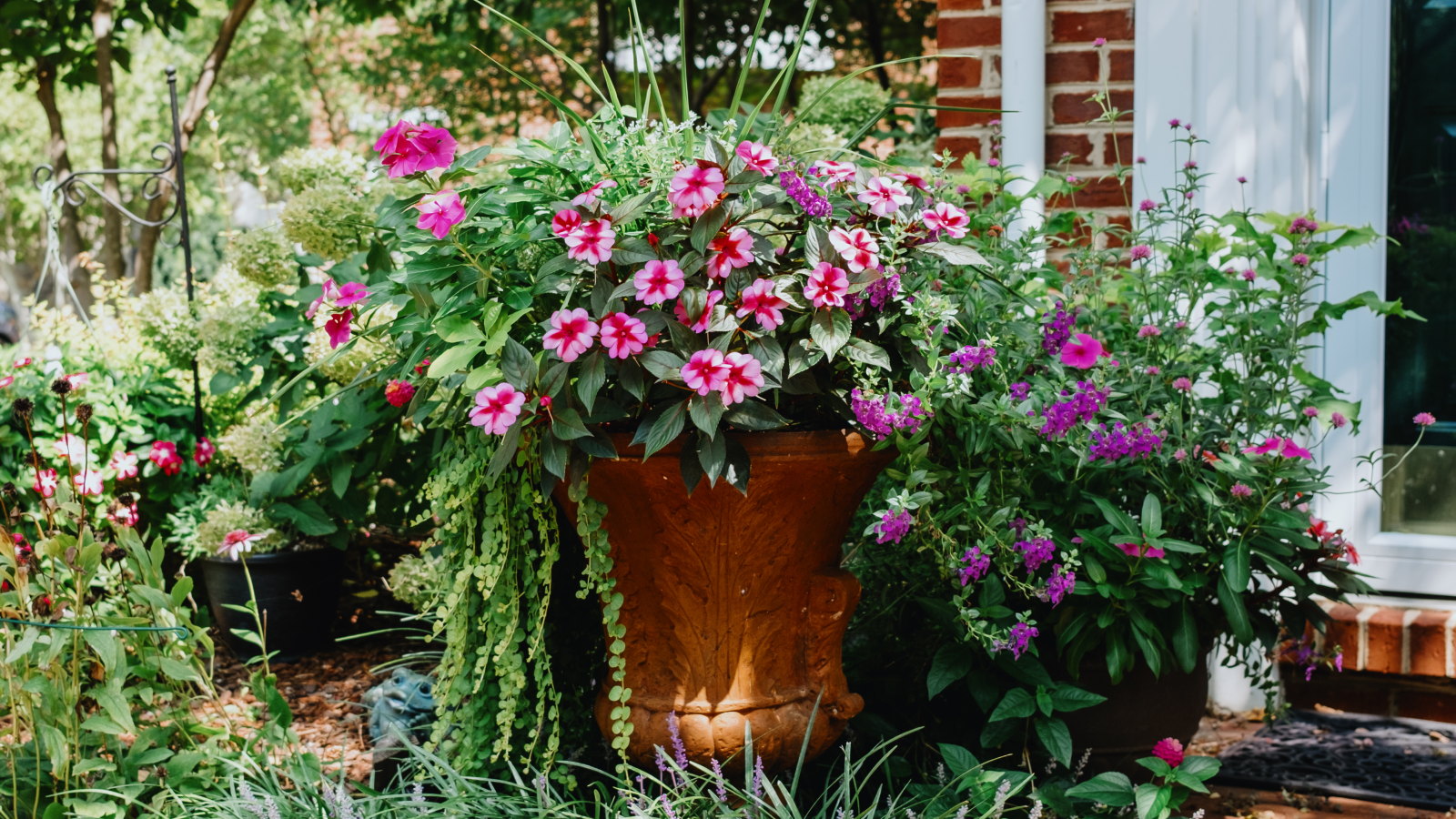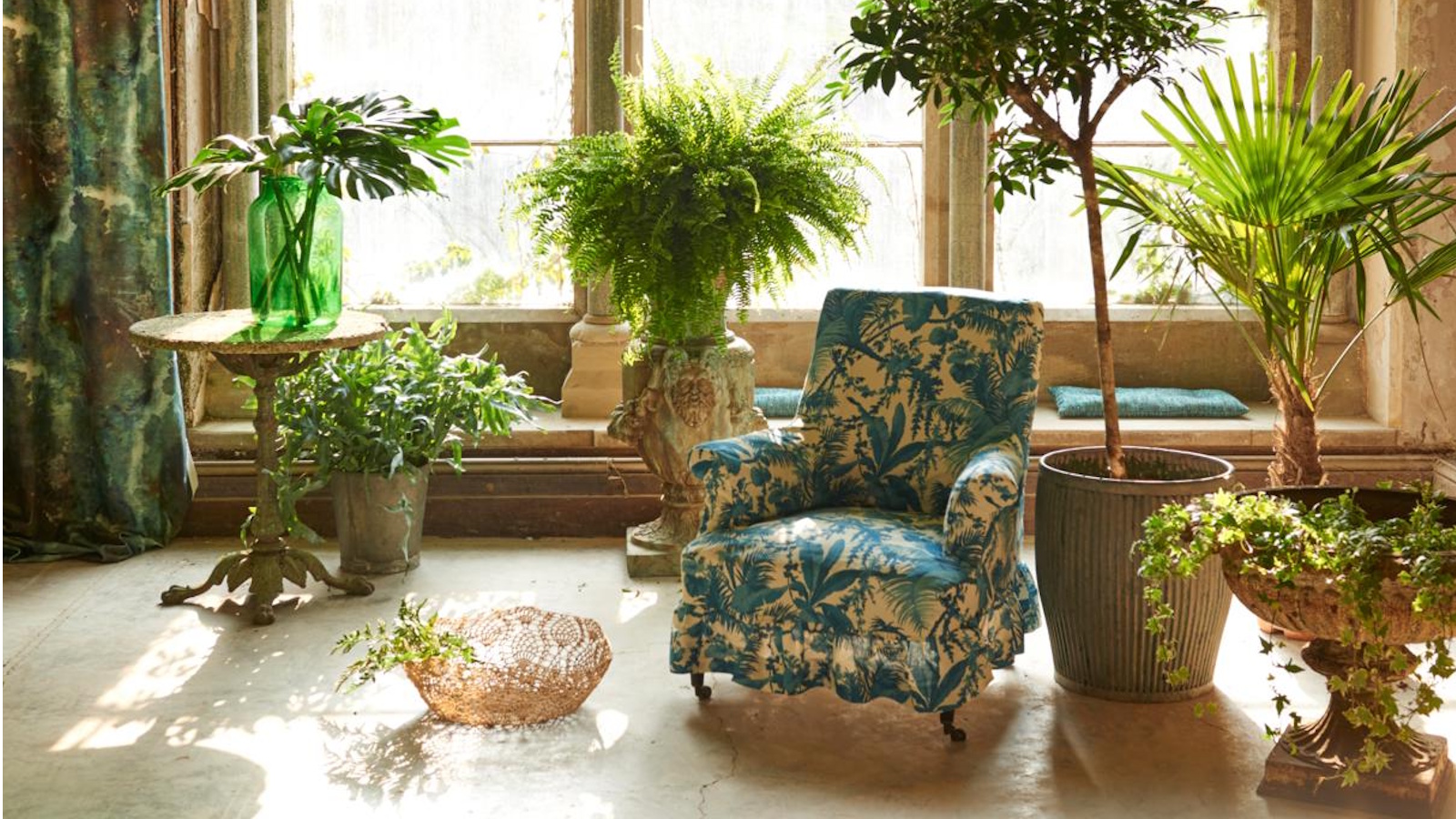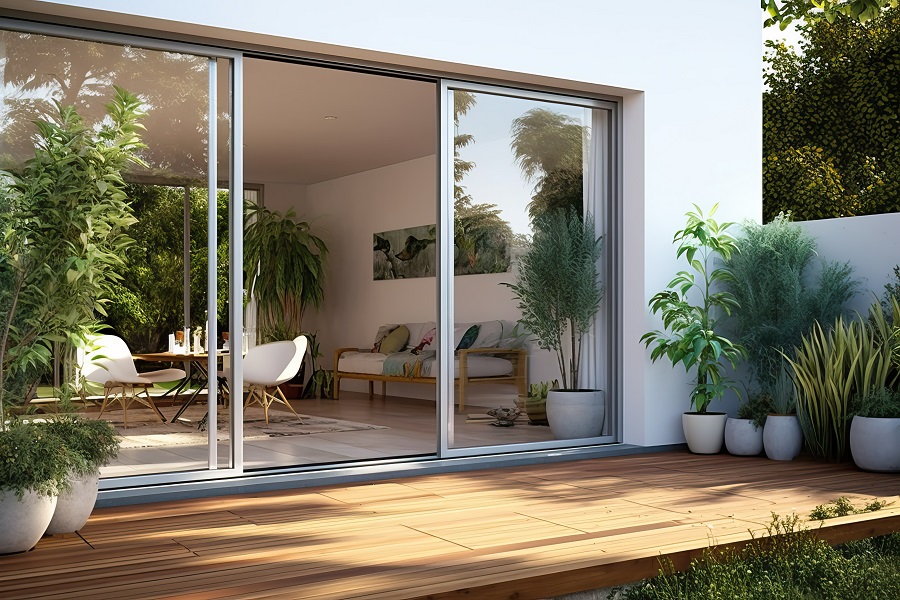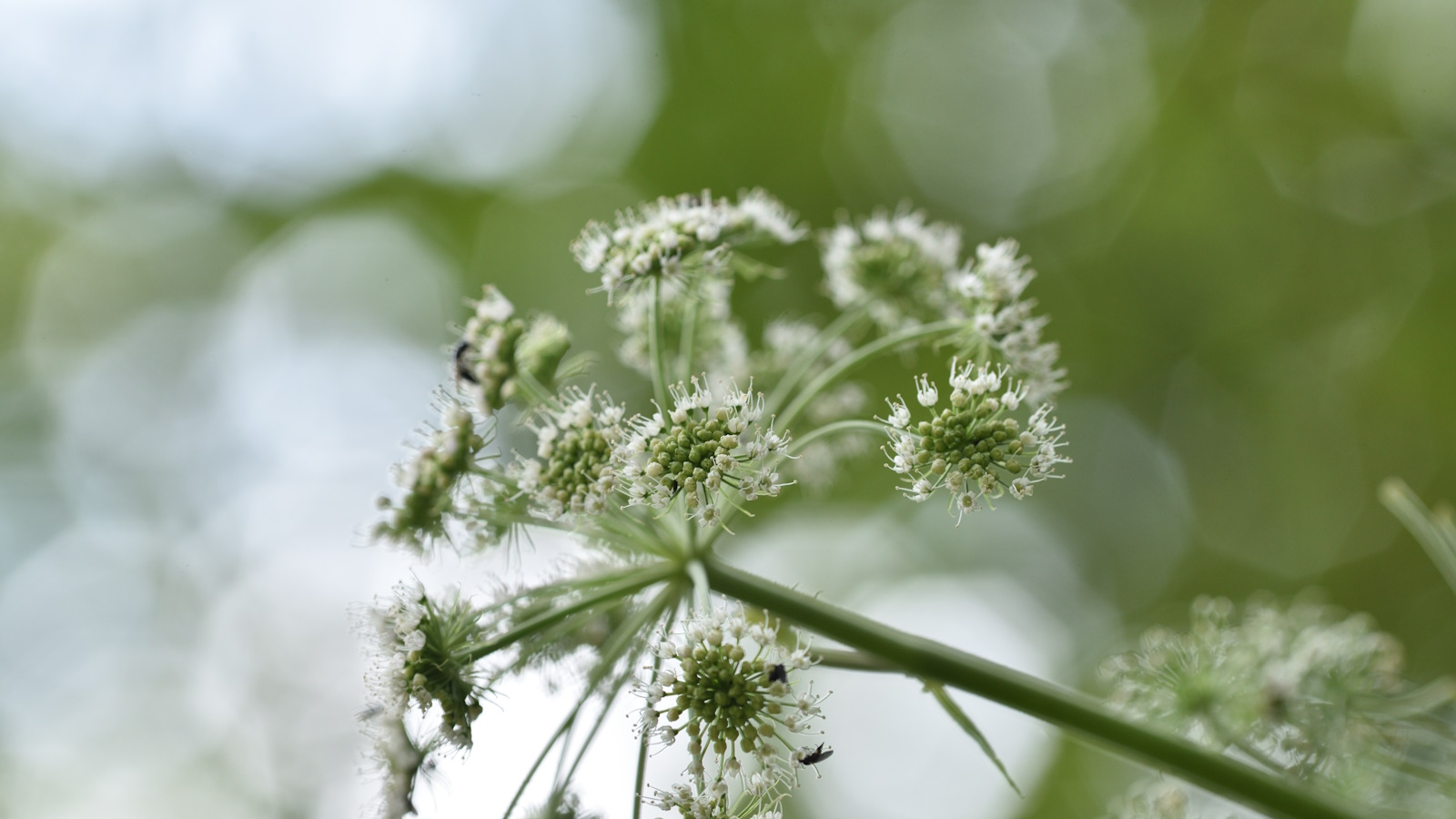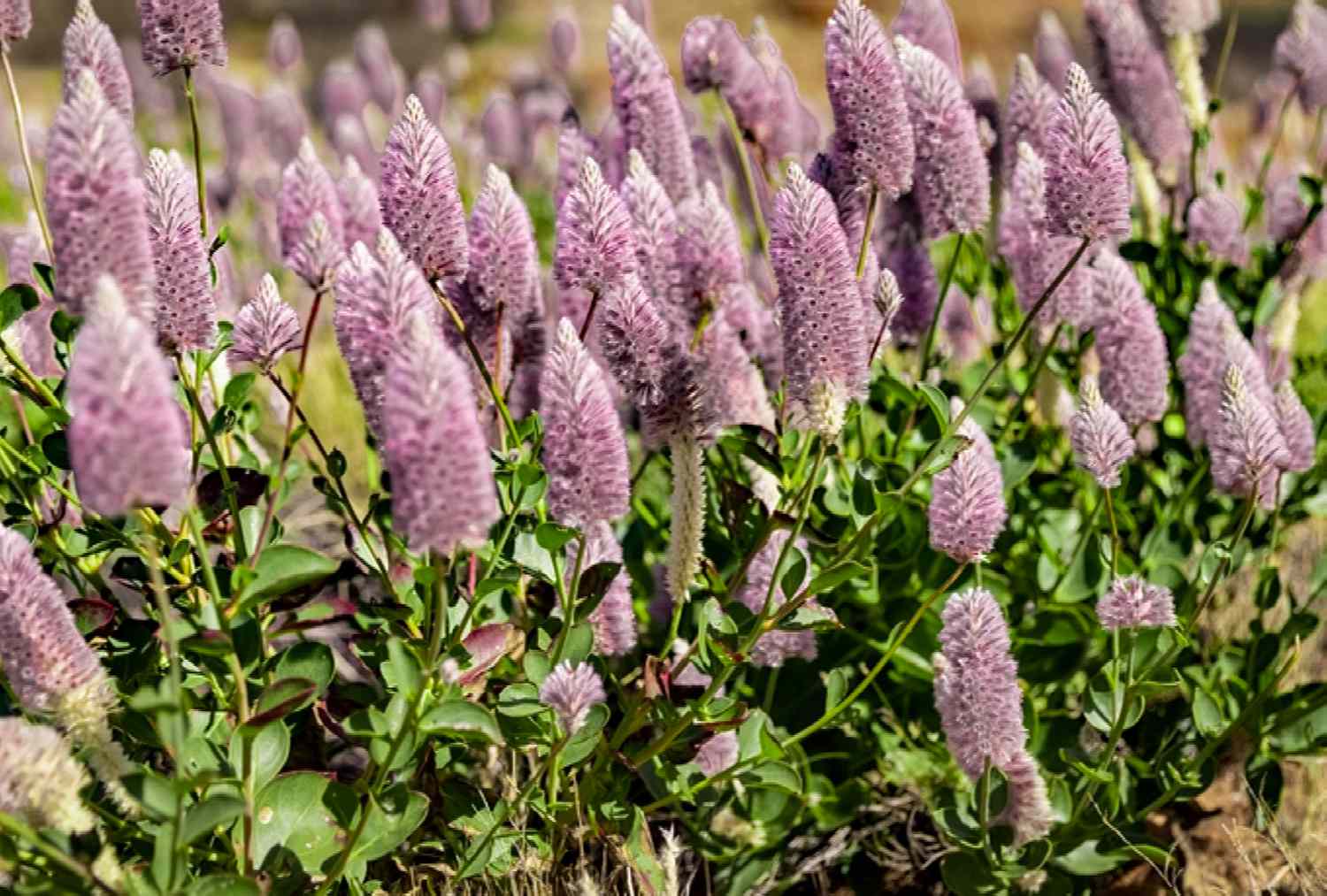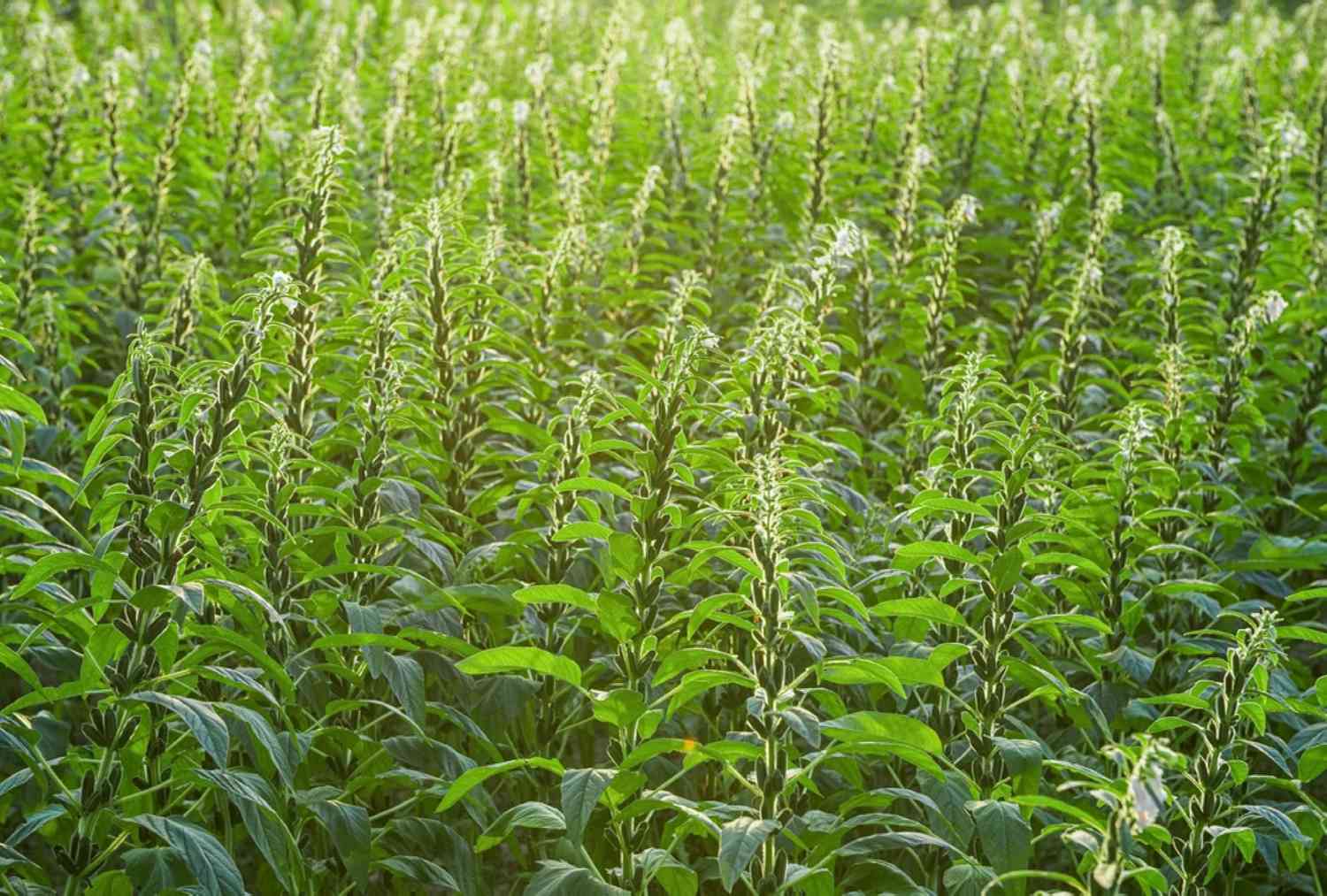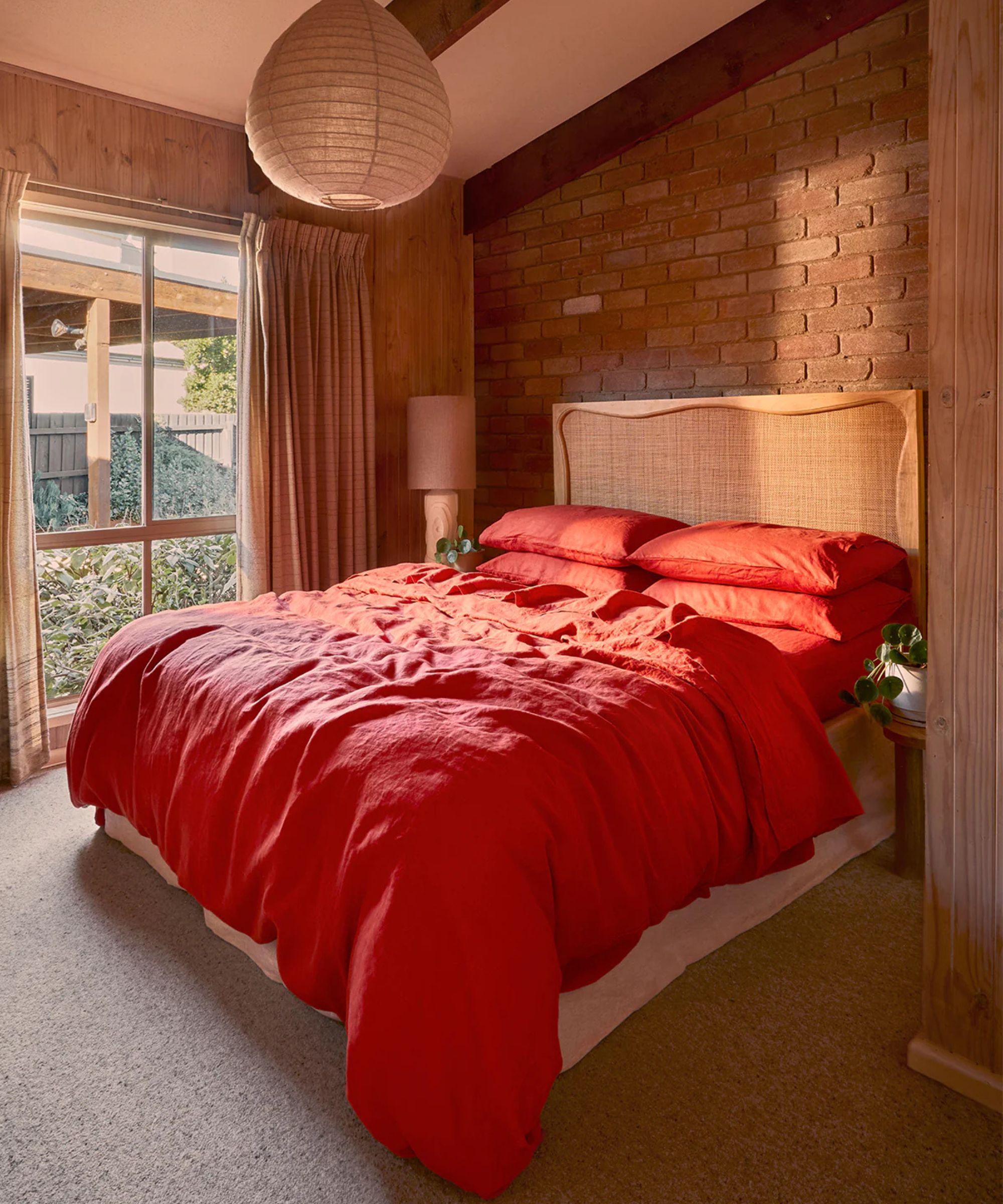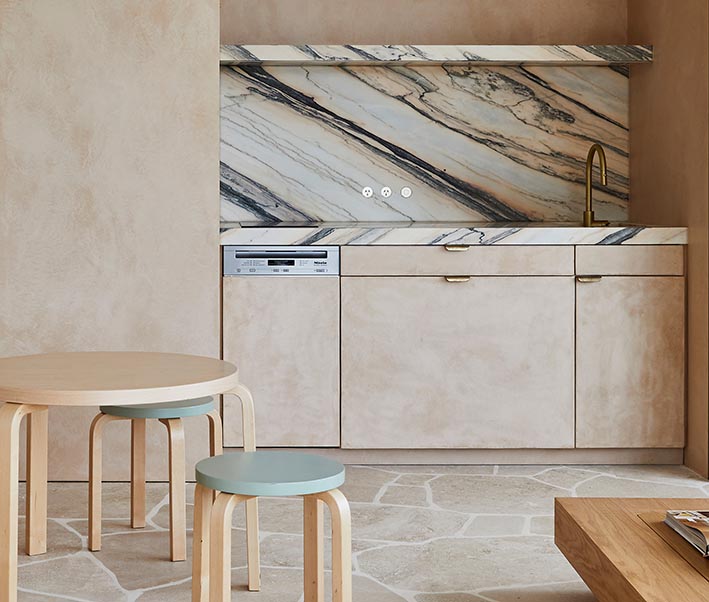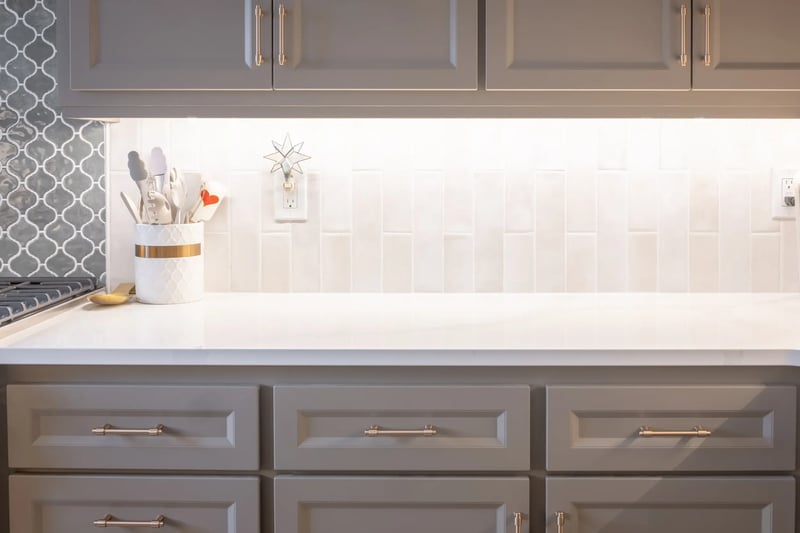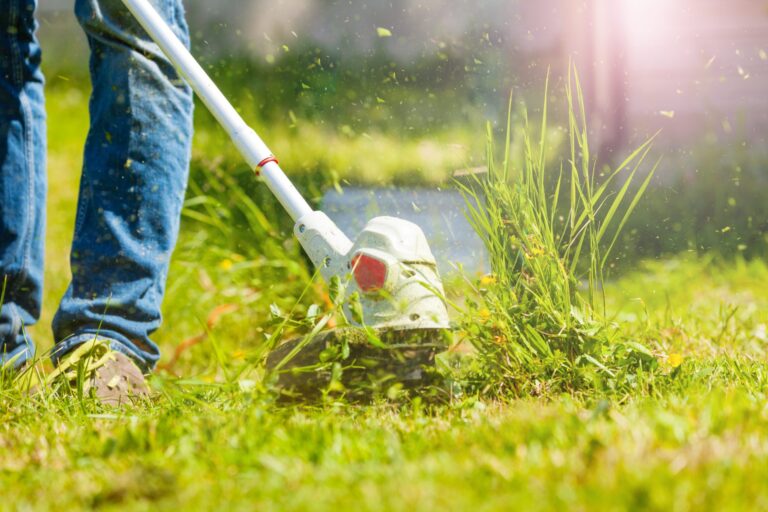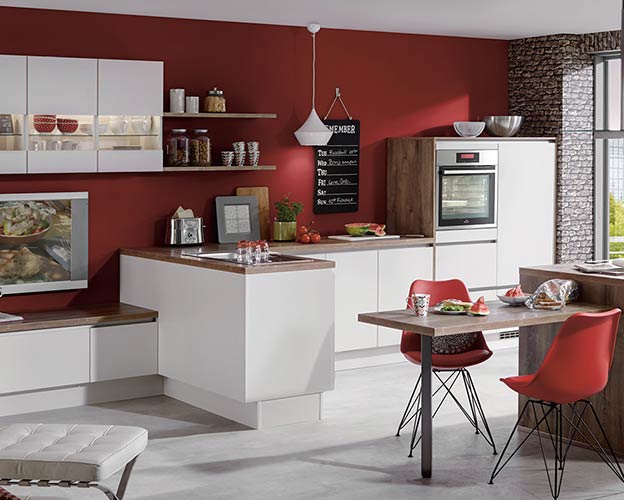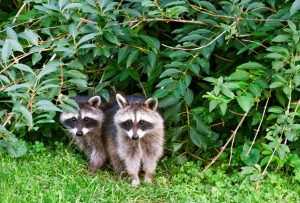Dreaming of a non-toxic backyard? We do not blame you one bit; as consciousness of chemical publicity and microplastics continues to develop, an increasing number of individuals are searching for methods to domesticate an eco-friendly backyard – one which’s each bit as sustainable as it’s trendy.
Fortunately, the wildlife haven of your goals is not all out of attain. In reality, it solely takes a number of tweaks to create an area that nurtures pollinators, pets, and folks alike, with out counting on artificial pesticides, harsh fertilizers, or hidden toxins.
From companion planting to pure pest management and child-safe supplies, there are many methods to change into a extra eco-conscious gardener. And, within the course of, you may simply discover that you just deepen your connection to the area, its soil, and the life it helps, too.
Methods to create a non-toxic backyard
It does not actually matter whether or not you’re redesigning a compact courtyard or fine-tuning a big nation plot, making a unhazardous backyard isn’t nearly what you are taking out – it’s about what you place in.
With that in thoughts, then, listed here are a number of knowledgeable tips about all the pieces from intelligent composting to the most secure paints for raised beds – plus the easy-to-overlook swaps that make a surprisingly massive influence.
1. Make your personal compost
If you wish to create a non-toxic backyard, one of many best methods to start out is to exchange all artificial herbicides, pesticides and fungicides with compost and natural fertilizers.
‘Beginning your personal composting system may be very straightforward and this may be finished on a small or massive scale,’ says Andrew Bunting, VP of Horticulture for the Pennsylvania Horticultural Society and creator of The Plant Lovers Information To Magnolias (obtainable on Amazon).
One thing like Aerobin’s scorching compost bin (obtainable on Amazon), which converts natural waste to compost in simply three months, might work wonders right here. Or, alternatively, you can store round for a licensed natural potting combine – and one which is totally peat-free, at that.
2. Attempt a worm casting tea
Ditching fertilizer is likely one of the finest issues you are able to do if you wish to rework your yard right into a non-toxic backyard – which is why some individuals suggest you make your personal worm tea as a substitute.
‘All you want is a straightforward worm compost bin that produces vermicompost,’ says Jeremy Yamaguchi, CEO of Cabana.
‘After you have this vermicompost you possibly can put it inside tea luggage and create worm tea by including water. This creates an excellent wealthy, natural, and pure fertilizer to place in your crops and greens in your backyard.’
Alternatively, you can at all times purchase your worm tea readymade (lots of people fee Vitality, which is in the stores through Amazon).
3. Ditch the chemical compounds
You guessed it; a non-toxic backyard means swearing off all harsh pesticides and fertilisers. Perpetually.
‘Discovering licensed natural potting mixes or utilizing compost is your finest wager for a wholesome backyard,’ says Tammy Sons, founder and CEO of TN Nurseries. ‘As for pesticides, at all times search for pure repellents containing neem oil or cleaning soap sprays, and restrict the utilization of single-use plastics!’
Andrew Bunting of the PHS agrees wholeheartedly, noting that, ‘whereas pesticides kill the larvae of native butterflies and moths, larvae are an essential meals supply for any migratory and music birds.’
4. Use untreated wooden
It is all too straightforward to focus your consideration on plastics and different artificial supplies when curating a non-toxic backyard – however remember to swerve handled woods, too.
‘If you’re constructing a backyard mattress from scratch with wooden, watch out to decide on untreated wooden particularly,’ says Steve Corcoran, CEO of Garden Love. ‘If wooden has been pressure-treated, for instance, that implies that it has been handled with preservative chemical compounds to make it last more.’
Steve goes on to elucidate that ‘the issue with then utilizing this sort of wooden to construct a backyard mattress is that the chemical compounds it has been handled with can then seep into the soil, damaging the plant roots and probably making edible crops unsafe to eat’.
‘That’s why you wish to use untreated wooden,’ he finishes.
5. Select the appropriate containers
If you’re a container backyard fanatic, you then’ll possible already know that selecting the best pots and planters can be key to making a non-toxic backyard.
‘You need to at all times select protected containers! Ones which can be manufactured from untreated wooden, terracotta, and food-grade plastics are great,’ says TN Nurseries’ Tammy.
Andrew of the PHS, in the meantime, factors out that, whereas many nurseries promote crops in plastic pots, you must take care to ‘discover a nursery who’s prepared to take them again and reuse them once more’.
‘Some are even beginning to use compostable pots like fiber or rice pots,’ he provides.
6. And the appropriate instruments
Whether or not you have bought a courtyard or a cottage garden-style area, likelihood are that you will have a set of gardening instruments – however it’s good to take note of them in the event you actually need a non-toxic backyard.
‘Select these which can be manufactured from stainless-steel or aluminium with pure rubber, or picket, handles,’ advises Tammy of TN Nurseries. ‘Grips manufactured from PVC plastic are dangerous, so attempt to keep away from these.’
Andrew Bunting provides that you just must also make a aware effort to ‘change gasoline powered garden mowers, blowers, weed whips and chain saws with electrical powered tools to scale back air pollution’.
7. Go electrical
Should you actually wish to do your non-toxic backyard justice, Andrew Bunting of the PHS says that you must make a aware effort to ‘change gasoline powered garden mowers, blowers, weed whips and chain saws with electrical powered tools to scale back air pollution’.
‘As we speak there are a lot of wonderful decisions of almost each sort of backyard software which can be electrical batter operated,’ he says.
Moreover, he notes that electrical blowers (just like the Decerk 21V electrical cordless leaf blower from Amazon) ‘produce significantly much less noise than a gasoline powered blower, subsequently decreasing noise air pollution.’
8. Rethink your garden
Lawns, says the Pennsylvania Horticultural Society’s Andrew, are high-maintenance and high-impact: they use extra chemical compounds than agriculture and 4 instances extra water than they keep in carbon.
‘Owners use ten instances extra chemical per sq. acre than farmers. These chemical compounds usually poison the soil and trigger severe impacts to pollinators and feeding birds,’ he says.
Changing even 10% of your garden to a pollinator backyard or native planting mattress can have an enormous ecological influence, so Andrew suggests utilizing a 50/50 mixture of native grasses and perennials to create enticing, low-maintenance, chemical-free options.
9. Go away the leaves
Each Andrew Bunting and Marcus Griswold (an entomologist/ecologist with the weblog Little Inexperienced Myths) promote the “depart the leaves” method. Fallen leaves and useless stems present important habitat for overwintering bugs and birds.
Decaying plant matter shouldn’t be mess – it is nourishment. Let it lie the place it falls, or layer it into beds as mulch if you wish to create a really thriving non-toxic backyard.
‘Useless flowers present meals for birds. Previous stems and leaves present habitat for butterfly larvae, beetles, and plenty of extra,’ provides Griswold.
10. Plant for pollinators
Should you’ve spent a while studying easy methods to entice bees to your backyard, you then’re properly in your option to a non-toxic backyard; planting for pollinators is an excellent option to help biodiversity.
‘There are dozens of native species of milkweeds,’ says Andrew of the PHS. ‘Butterfly milkweed is extraordinarily drought tolerant… and a tricky native host for Monarchs.’
He goes on so as to add that, ‘for sure, the best-of-the-best for the pollinator backyard are the mountain mints’. ‘The leaves have a minty perfume and Pycnanthemum is really deer resistant,’ he says.
Lastly, Andrew manufacturers coneflowers ‘some of the enticing perennials to draw pollinators’. ‘[Echinacea] entice quite a lot of pollinators together with long-tongued bees and butterflies,’ he guarantees.
11. Create a wildlife habitat
Final however not least, your non-toxic backyard must help native critters, so you’ll want to keep away from any wildlife backyard errors.
‘To create habitats to your pollinators in the summertime you will need to have a water supply,’ says Andrew of the PHS. ‘Over the winter, perennials shouldn’t be reduce… [as they] present the right overwintering habitat.’
He provides that ‘native fruiting shrubs and bushes are nice for quite a lot of birds’, and recommends crops like dogwood, viburnum, and coneflowers to help birds year-round.
You may like to put in one thing, too, like Amazon’s metallic fowl feeder for outside hanging – it’s going to maintain your feathered buddies blissful and thriving, even when instances are robust.

